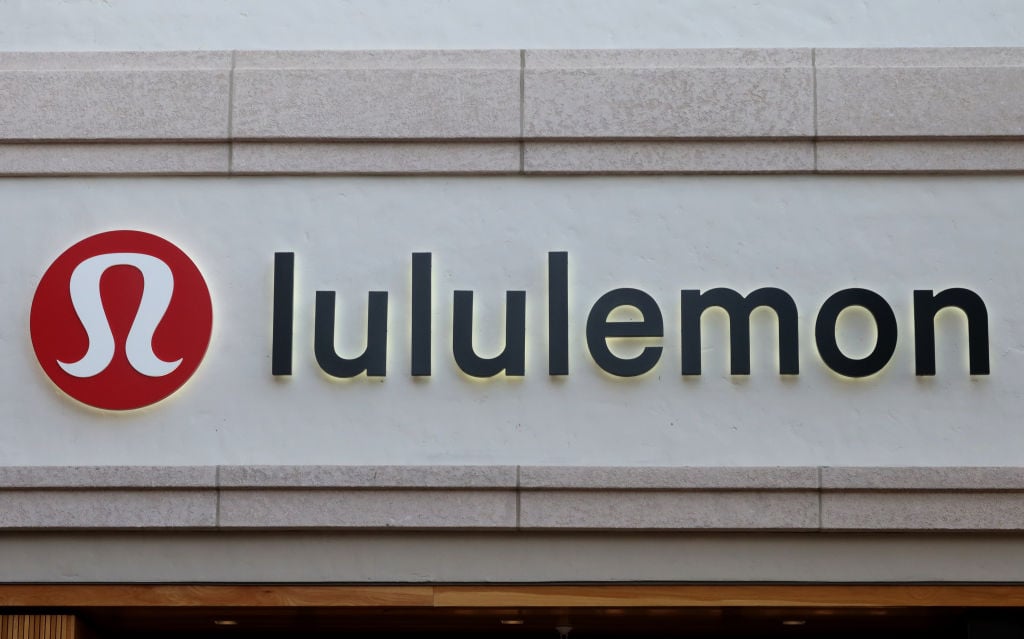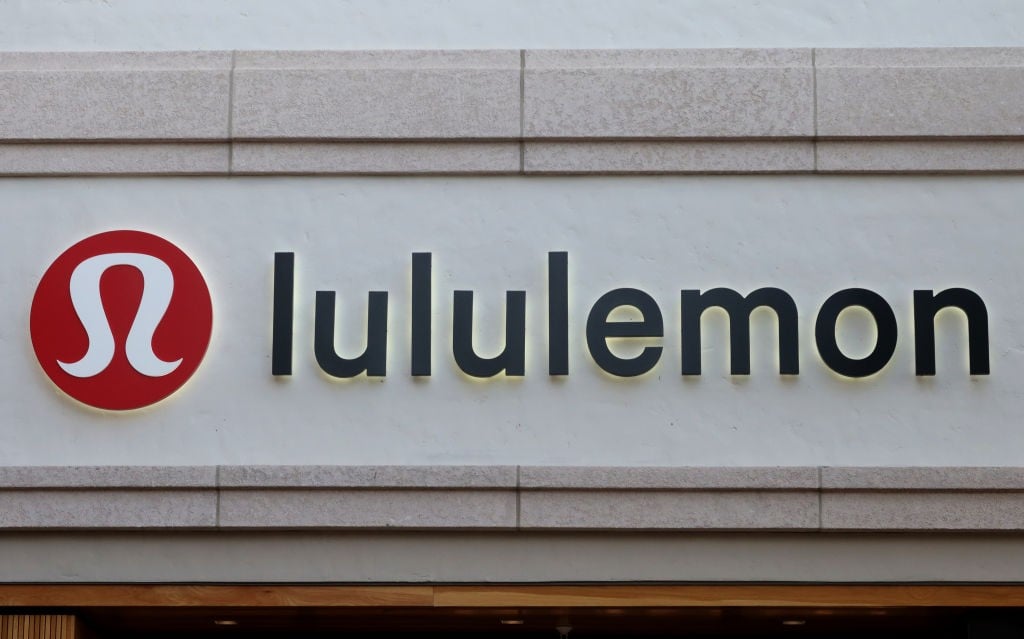The current bull market has been running for three years. If you're looking for stocks with high return prospects, you don't have to chase momentum in high-growth tech stocks. There are undervalued stocks in other sectors that could make rewarding investments right now.
The following consumer brands might be a great fit for an investor that already has plenty of exposure to tech and is looking for more diversification. Here's why shares of Lululemon Athletica (LULU 2.63%) and MercadoLibre (MELI +1.69%) are two great candidates to double your money by 2028.
1. Lululemon Athletica
Shares of Lululemon have fallen 67% from their previous high, which is a rare opportunity to buy this top athletic apparel brand at a cheap valuation.
Lululemon experienced growing pains recently from product mistakes. It's also been a slow year for athletic wear, with other brands seeing weak demand, so it's not isolated to Lululemon. The company has also taken a minor hit to its gross profit margin from higher tariffs on imported goods.
Overall, management says the weak results are mainly due to underperformance in the U.S. Importantly, the brand continues to show strong growth overseas, with China revenue up 25% year over year last quarter and rest-of-world revenue up 19%.

NASDAQ: LULU
Key Data Points
Lululemon's brand is still strong, as evidenced by higher market share in its core athletic apparel assortment. Management noted that the sales problem is mostly from product staleness in lounge and social apparel. To fix this, Lululemon is investing in faster product development and aiming to increase the percentage of new styles of the overall assortment from 23% to 35% by spring 2026.
The performance of core athletic apparel is the key signal that Lululemon is going to be just fine and can return to the double-digit annual growth that investors are used to seeing from this high-performing brand. It might take a few more quarters to see improved results, but the stock is already dirt cheap.
The forward price-to-earnings (P/E) multiple currently sits at 13 using this year's consensus earnings estimate. Three years is plenty of time for management to correct mistakes and reaccelerate growth. Assuming there are no other negative surprises like an economic recession, the stock could double just from an increase in the P/E multiple. For perspective, the stock's three-year average P/E is 34.

Image source: Getty Images.
2. MercadoLibre
MercadoLibre is the leading e-commerce and fintech brand in Latin America. Its three largest markets are Argentina, Brazil, and Mexico. It is building an unstoppable competitive advantage with a comprehensive portfolio of fintech services and online shopping.
Its trailing-12-month revenue has more than doubled in just the past three years. More people continue to flock to its e-commerce marketplace, with the number of unique active buyers surging 25% year over year last quarter. This helped drive solid growth in gross merchandise volume and revenue.

NASDAQ: MELI
Key Data Points
The growth in active buyers is enough to double the stock in three years. However, MercadoLibre has been expanding to new revenue opportunities, including advertising, mobile payments, and credit cards, which should drive robust revenue growth in the coming years.
The 71 million active buyers provide opportunities to cross-sell other services.
For example, the accelerating adoption of its credit card, which nearly doubled the company's credit portfolio year over year in Q2, shows a business that is positioning as a leading financial services provider in a region with 650 million people. The company's loyalty program, credit card, and marketplace are tied together with benefits that create repeat shoppers.
MercadoLibre has a long growth runway, yet investors continue to pay a lower valuation for the stock than five years ago. At a price-to-sales (P/S) multiple of 4.5, it is trading at about half the multiple it earned in 2021. Analysts anticipate revenue growing 35% in 2025 before increasing 26% in 2026, according to Yahoo! Finance. That pace of growth potentially puts the stock on track to double by the end of 2028, assuming it still trades around the same discounted P/S ratio.





